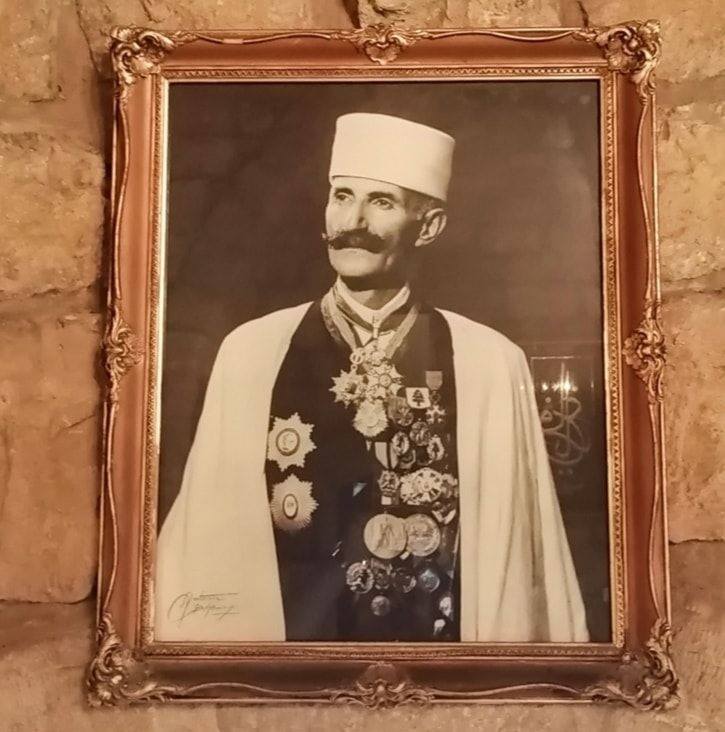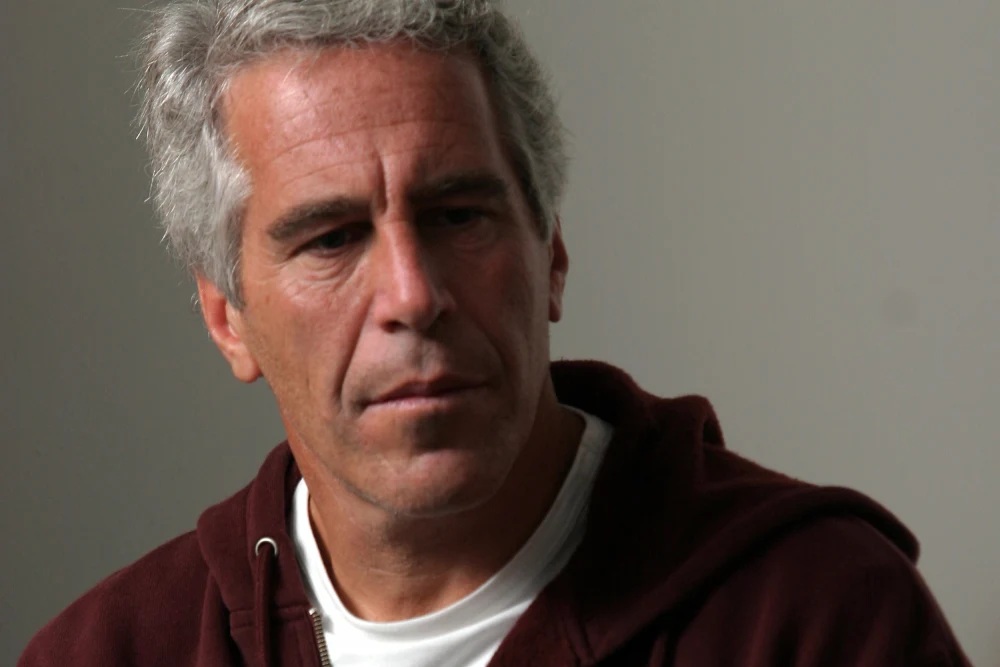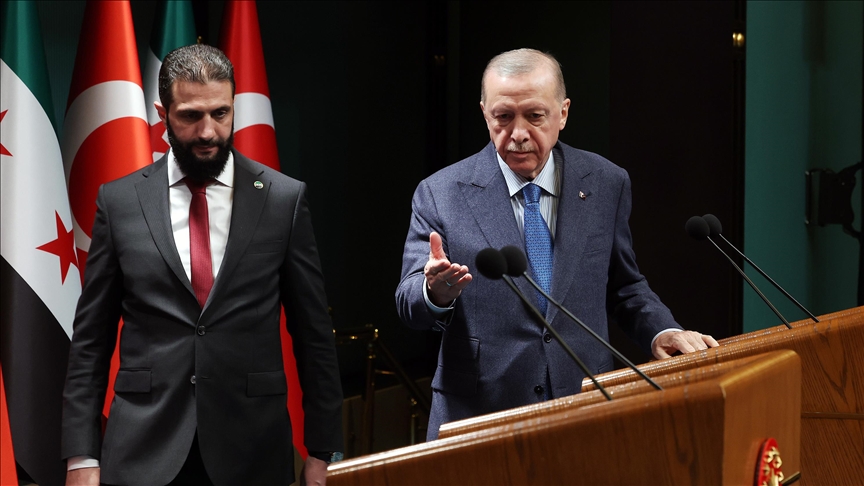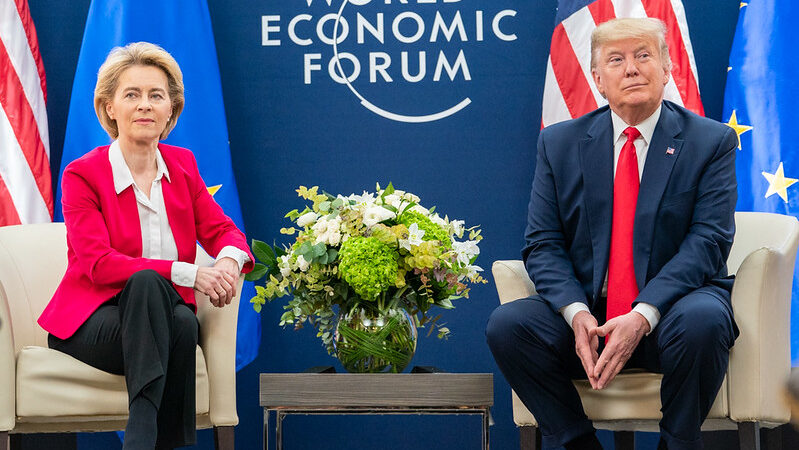
Lebanon celebrated its 77th Independence Day just a few days ago. Independence was proclaimed back on November 22, 1943. Four years prior to that date, back in 1939, a Calligrapher Sheikh by the name of Nassib Makarem crafted the map of Lebanon on a grain of rice made out of silver.
By Samir Roger Makarem
This piece is actually the same look and size of a natural grain of rice, except it was made out of silver so that it won’t ever decay with time. On that grain, Sheikh Nassib engraved the map of Lebanon, with its boundaries, major rivers, and names of main cities all embossed in gold.
This piece of art was specifically crafted to be amongst other grains of rice and masterpieces to be showcased in the 1939 New York World Fair (currently known as the world expo) to officially represent Lebanon at the fair.
Sheikh Nassib Makarem was born in Aytat, Mount Lebanon back in 1889. He was known to be one of the few Calligraphers who mastered all forms of Arabic and Persian calligraphy and was also known to being one of the greatest calligraphers of his time.
Being the 'Royal calligrapher' for several world Kings and Emirs and the 'Official Calligrapher' of the Lebanese Republic as well, Sheikh Nassib Makarem was awarded 22 of the highest medals, from various Kings, Emirs, Army Generals as well as world organizations, to be bestowed on a citizen of such caliber.
During his life time, Sheikh Nassib Makarem was approached to be a member of several prestigious world organizations, such as 'The International Scientific Organization', 'Victor Hugo Academy', 'The Latin Academy', and 'The French National Renaissance Association', in addition to others.
His mother's hand writing
As he was growing up, Sheikh Nassib had always admired his mother's (Azba Younis) beautiful and elegant hand writing. He was so impressed and proud of her accomplishments as she had earned a high school diploma from the 'English Missionary High School' in Shimlan, Mount Lebanon, back in 1886; at a time when getting an education was a rare accomplishment not only for women, but for men as well. Inspired by her dedication and resilience, he took it upon himself to learn calligraphy from her.
Sheikh Nassib started practicing in the art of calligraphy during his spare time. His mother continuously encouraged him and was always supportive of his sizable collection of calligraphy from some of the most famous and world renowned calligraphers of Arab, Persian and Turk origin. From their techniques and styles, he learned the various rules and conventions of Arabic calligraphy.
It is said that Sheik Nassib would practice in the art of Calligraphy for 10 hours straight, only to take short breaks to immerse his hand in a bucket of cold water in order to relieve the tension so that he could resume his passion in calligraphy.
His love and passion for Calligraphy heightened when he once learned that some 500 years prior, an 'Emir' from the 'Tanoukh Dynasty' in Lebanon inscribed a 'Qur’anic Verse' on a grain of rice, composed of about 50 words. Sheikh Nassib was so driven by such an accomplishment that he took it upon himself to challenge that 'Emir' in history. He was only 20 years old.
On his very first trial, and attempting to write on a real natural grain of rice, he came up with a manuscript of a 61-word poem engraved on it. But he was not satisfied with his accomplishment. He always believed that in another 500 years or so, some other calligrapher is going to attempt to beat him and come up with a grain of rice of more than 61 words.
So, he took it upon himself to challenge the future. His greatest accomplishment was achieved when he was able to inscribe a 30-verse poem comprised of 287 words on just one side of a grain of rice made out of silver back in 1930.
Sheikh Nassib’s fame was acquired after his art and calligraphy had reached beyond man's imagination. He was able to write and sketch on 22 grains of rice and wheat in total. Unfortunately however, 5 grains of rice were stolen by one of his close assistants and students in October, 1930.
As a renowned calligrapher, Sheikh Nassib had taught calligraphy at several schools and universities for 45 years. In addition to such an honorable profession, he was also appointed by the Lebanese and other country governments in the region as a 'Professional Fraud Investigator' for his expertise in detecting fraudulent governmental documents.
Beauty as truth
He truly was genuine artist who perceived beauty as truth. He had spent his 70 years of his life expressing beauty, greatness and appreciation, and most importantly his love of God, through his calligraphy until his death in 1971. He had bequeathed a bounteous treasure trove of beautiful pieces of his work to the world of art and calligraphy that can be found in numerous museums and galleries around the world.
Beauty, in his eyes, did not express itself in the solid form only, but rather in justice, honor, greatness, knowledge, discipline, and wisdom. That was how the young artist defined beauty...in the individual, in the society, and in the state. He lived his life glorifying virtue and righteousness.
The Fine Calligraphy
What might be Sheikh Nassib Makarem's greatest work of art is his famous "Egg of the Constitution". While he was growing up, Lebanon was part of the ‘Ottoman Empire’. When the ‘Ottoman’ Constitution was finally declared, and believing like everybody else during that period, that such a ‘Constitution’ would be the social savior and answer to all miseries, the young Sheikh created a marble egg, the same size of a natural egg, positioned on the back of a bronze eagle.
He drew the ‘Ottoman Emblem’ (or the Sultanic Cipher or Tugra) on the top of the egg, surrounded by a white halo followed by an introduction with Sheikh Nassib’s full name. All in all, the total number of words, excluding the emblem and the map, was claimed to be about 10,000 words. It is also claimed that it took him about two years and about 1000 writing instruments to complete such work of art.
Ater years had passed, Sheikh Nassib, like everyone else, had faith and trust in the new Ottoman rulers, one of which in particular was ‘Jamal Pasha’. When’ Jamal Pasha’ was promoted to a higher rank and was assigned as a ruler over Syria, Sheikh Nassib took it upon himself to present him with a grain of wheat, as a gift, on which he had written several verses of a poem. Jamal Pasha was so impressed that he granted Sheikh Nassib a medal and three vouchers allowing him to import wheat from Syria to Lebanon during the starvation period of World War I in Lebanon.
During World War I, ‘The Ottoman Empire’ had joined the Axis Powers, and the ‘Ottoman Rulers’ had become so ruthless that the young Sheikh, like everybody else, felt that they had been so deceived. During that period, thousands of people had suffered from hunger and persecution. The young Sheikh, having been witnessing what the ‘American Red Cross’, in 1918, had been doing in helping the poor out of their misery, he was compelled to send the President of the ‘American Red Cross’, a grain of wheat with a 101-word message of gratitude written on it.
In 1913, the ‘Arab Revolution’ broke out in the region under the instigation of ‘Sharif Hussein’, an Arab revolutionary leader, during the time when ‘Emir Faysal’, the son of ‘Sharif Hussein’, had conquered Damascus. This act of revolt prompted Sheikh Nassib to send a grain of wheat inscribed with 110 words to Emir Faysal, praising his accomplishments of bravery. Impressed by Sheikh Nassib's work, Emir Faysal presented the young Sheikh with the Privileged Royal Ensemble (garb) and nominated the young Sheikh to be his personal calligrapher.
The following year, Emir Faysal was proclaimed King of Syria. Sheikh Nassib, for that occasion, created a 7.5mm X 7.5mm ring engraved with three verses of a poem on it, for which the new king had granted a medal to be awarded to the Sheikh. Unfortunately, and due to the prevailing situation at that time, that medal was never bestowed on the young Sheikh.
Sheikh Nassib also created a ring specially made for the king’s father, Sharrif Hussein. This ring was made of silver, 5mm X 5mm, fulfilling a personal request of King Faysal himself.

Later on, during that same era, when King Faysal was proclaimed King of Iraq, Sheikh Nassib crafted a ring with the map of Iraq being engraved on it, and included three verses of a poem praising the King. This particular ring was exhibited in Iraq in 1932.
When Ghazi, the son of King Faysal, was proclaimed as crown prince and heir of the Kingdom of Iraq, Sheikh Nassib crafted a ring made out of gold with 4 verses of a poem engraved on it. The new heir was so impressed by that magnificent piece of art that he ordered a full ‘Royal Recognition’ and the title "Beik" to be bestowed on him, a title only awarded to royalty. Obviously, Sheikh Nassib, being a very pious and humble man, never accepted or adopted such a title to be carried after his name.
When the Kingdom of Saudi Arabia was proclaimed under King Abdel-Aziz Abdel-Ruhman Al Saoud, Sheikh Nassib presented the King with a ring made out of gold with 5 verses of a poem inscribed on it.
After Egypt won its independence, Sheikh Nassib engraved on a gold ring the ‘Egyptian National Anthem’ which included 16 verses of 157 words. This ring was exhibited in the ‘First Arab Exhibition’ in Jerusalem in the year of 1933.
Sheikh Nassib presented King Fouad I, King of Egypt, a 7mm X 7mm gold ring that included 6 verses of a poem about his coronation as King. He also created a ring made out of silver with an 86 word poem engraved on it.
His fame was acquired after his art and calligraphy reached beyond man's imagination. He was able to inscribe on a grain of rice made of silver, a 30-verse poem of 287 words, all inscribed on one side of the grain. That particular grain was exhibited in 1925 in a world's Fair that was held in Egypt.
It is worth noting that the administration of the Fair had charged an additional fee for those who were interested in seeing such a magnificent grain of rice. Unfortunately, this is one of the grains that were stolen from him by one of his close assistants and students back in October of 1930.
During the reign of King Farouk I, King of Egypt, The Egyptian Royal Academy asked Sheikh Nassib to create a grain of rice and engrave the map of Egypt on it. The Sheikh not only engraved the map of Egypt, but also included the map of The Sudan with the letters and boundaries all embossed in gold.
Sheikh Nassib also created a grain of rice made of silver and engraved the map of Palestine including the names of its important cities. The letters and boundaries were all embossed in gold and this particular grain was exhibited in the Second Arab Fair that was held in Jerusalem back in 1934. He also engraved on a 10mm X 8mm gold ring the Syrian National Anthem which was exhibited in the Syrian Industrial Fair.

For Lebanon, Sheikh Nassib engraved the Lebanese National Anthem on a 7mm X 5.5mm gold ring. This particular ring was one of his pieces of art that were exhibited at the 1939 New York World's Fair.

In addition to that, Sheikh Nassib also engraved on one side of a grain of rice, made of marble, the Ruins of Baalbek as they appeared during his time. On the other side of the grain, he engraved the Temple of Baalbek as it had looked during the Roman Empire. This particular grain of rice was exhibited in the Syrian Industrial Fair, the Iraqi Fair, and the Arab Fair in Jerusalem in 1933, as well as in the 1939 New York World's Fair.

For the 1939 New York World's Fair as well, he also crafted a grain of rice made of silver, especially created for the fair. He engraved the map of the United States of America with the boundaries, the major rivers and the letters N.Y. and U.S.A. all embossed in gold. This particular grain was believed to have been one of the most magnificent works of art at the fair and was actually valued at $150,000 at that time, back in 1939. For such an accomplishment, Sheikh Nassib was awarded the Medal of Honor for this particular grain of rice
Sheikh Nassib received tens of medals and various honors and awards throughout his life.
The editorial team of The Levant News would like to thank Samir Roger Makarem for contributing this truly remarkable and unique story about one of Lebanon's most distinguished gentlemen.






Amazing story indeed. What a great Lebanese statesman. Thank you for sharing Samir Roger Makarem.
Thank you Bashir for your beautiful feedback ?
Nice and interesting.
Wish modern day Lebanon had statesmen like Sheikh Makarem. Men to be proud of.
The country is now ran by a senile old fart who cannot even spell his own name. Not to mention the idiots that are in his governement.
I do believe that the-levant.com
The Levant News 2020 should receive
recognition for its vital role in
delivery of The Message
about
the harmful effects of hoardable money
as used to manipulate our markets
and cause the worst torture of all;
Usury to the maximum limit possible,
Jesus knew this
Muhammad knew this
Silvio Gesell knew this,
he also came up with the solution to this problem;
declaring demurrage on The US dollar,
which President Trump and his Team know,
and I believe it is also known by Modi, MbS, Abe,
and the many other members of
The Demurrage Gang.
Recognition should be given to
The Levant News 2020
the-Levant.com
Without them The Message could have easily
been completely scrubbed from history
or distorted beyond recognition.
Now a small collection of booklets
has been created which
like the grains of silver rice
will not just decay in the corruption
of electronic media.
Why? Because to get these booklets
there is no website.
You must use The Post Office.
They’re everywhere.
See the article
Huge Breaking News Story
on this site .
I am at your service,
Angel NicGillicuddy ??
[…] The editorial team of The Levant News would like to thank Samir Roger Makarem for his second historic contribution. His first article "The story of Sheikh Nassib Makarem (1889 – 1971), a distinguished Lebanese gentleman", can be found here. […]